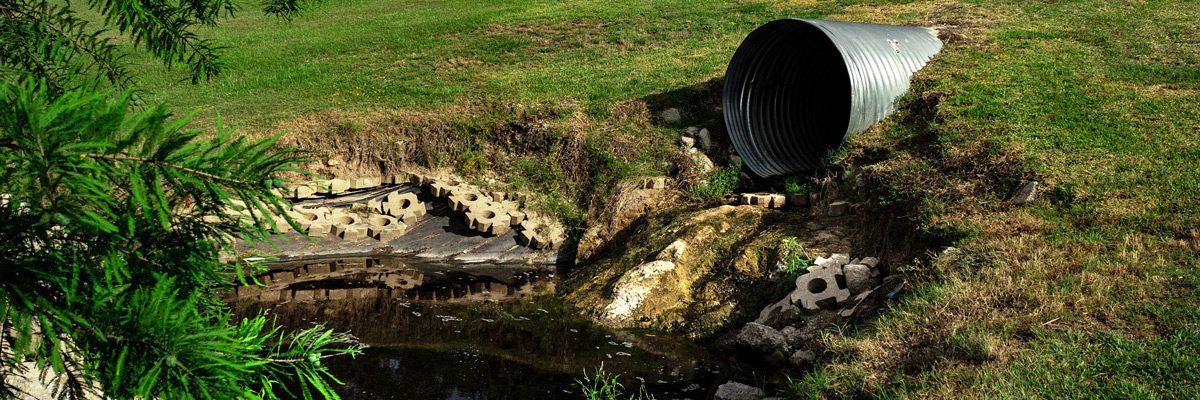Their is no such thing as profit, from an environmental perspective. When you take into account the human and environmental damage from industrial waste and product transportation the “extra money” simply and magically disappears. Right into our children. Did we think that if DDT was killing Eagle Babies it wasn’t killing ours?
:}
http://www.childenvironment.org/
Protecting Children Against
Environmental
Threats to Health
We need to find definitive answers about the relationship between toxic chemicals and health so we can protect our children, now and in the future.
Philip Landrigan, M.D.
Chairman of Mount Sinai’s Department of Community and Preventive Medicine
Why are children now suffering from diseases that were virtually
unheard of a generation ago?
Today’s children are subject to a whole host of diseases that come from toxic environments. These can include some of the following:
- Asthma
- Autism
- Allergies
- Attention Deficit / Hyperactivity Disorder
- Leukemia
- Pediatric Brain Cancer
- Birth Defects
- Obesity
- Diabetes
Our Mission
The mission of the Children’s Environmental Health Center is to protect children against environmental threats to health.The CEH Center accomplishes this by guiding, supporting, and building the programs of the Department of Community and Preventive Medicine of Mount Sinai School of Medicine.
Our Goals
- To support scientific research on the preventable environmental hazards that cause disease in children
- To design and carry out cost-effective programs to prevent environmental disease
- To educate medical students, pediatric residents, fellows, pediatricians, obstetricians, and other practicing physicians to become the next generation of leaders in environmental pediatrics and preventive medicine
- To communicate widely and credibly to policy makers, elected officials, government agencies, and the public the health risks to children and adults from environmental threats
- To provide credible scientific information to parents, grandparents, teachers and the general public on how to make better personal choices to protect our children
About the CEH Center
Mount Sinai’s Department of Community and Preventive Medicine is renowned for its work in children’s environmental health, occupational medicine, epidemiologic research, and disease prevention. Department Chair Dr. Philip Landrigan and his team of medical researchers are uniquely qualified to identify environmental hazards and protect the health of our children.
Dr. Landrigan is an international leader in public health and preventive medicine. His research helped catalyze the U.S. government’s phase-out of lead from gasoline and paint beginning in 1976. Dr. Landrigan chaired a National Academy of Sciences Committee on Pesticides and Children’s Health, whose report secured passage of the major federal pesticide law in the United States, the Food Quality Protection Act of 1996. This is the first federal environmental law to contain specific protections for infants and children. His work as Senior Advisor to the Environmental Protection Agency was instrumental in helping to establish the EPA’s Office of Children’s Health Protection.
For more information, please contact us at (212) 241-6145.
:}
http://www.vetmed.ucdavis.edu/cceh/
MISSION
The Center for Children’s Environmental Health and Disease Prevention is a multi-disciplinary collaborative research organization established to examine how toxic chemicals may influence the development of autism in children. The Center’s goal is to contribute knowledge about autism that will lead to new strategies for the prevention and treatment of this mysterious condition.
Autism is a neurodevelopmental disorder that typically affects a person’s ability to communicate, form relationships with others, and respond appropriately to their environment. Autistic children are limited in their social interactions, often locking into repetitive behaviors and rigid patterns of thinking.Parents and health professionals have raised concerns about how environmental factors such as pesticides, a variety of chemicals, or even some ingredients included in vaccines may effect the development of the disorder. We are the first center to examine the roles of a wide range of toxic chemicals, genetic predisposition, and the interplay between these two in altering brain development during early life and leading to abnormal social behavior in childrenTo learn more about the NIEHS/EPA Centers for Children’s Environmental Health and Disease Prevention Research program, please click on the following links: U.S. EPA Children’s Centers website (http://www.epa.gov/cehc) and NIEHS Children’s Center website: (http://www.niehs.nih.gov/translat/children/children.htm).
Center Directors
Isaac Pessah, Ph.D., Director – Center for Children’s Environmental Health
Irva Hertz-Picciotto, Ph.D., Deputy Director – Center for Children’s Environmental Health
David Amaral, Ph.D., Research Director – UC Davis MIND Institute :} http://www.who.int/ceh/en/
Children are exposed to serious health risks from environmental hazards. Over 40% of the global burden of disease attributed to environmental factors falls on children below five years of age, who account for only about 10% of the world’s population. Environmental risk factors often act in concert, and their effects are exacerbated by adverse social and economic conditions, particularly conflict, poverty and malnutrition. There is new knowledge about the special susceptibility of children to environmental risks: action needs to be taken to allow them to grow up and develop in good health, and to contribute to economic and social development.
Our work on children’s environmental health is carried out in the following activity areas:
In addition, this web site provides access to a large number of publications, statistics, indicators, fact sheets on children’s environmental health, as well as links to other related WHO and non-WHO sites. |
:}
We are creating a whole medical institution to treated our for the TOXICS we give them. What kind of sense does that make?


Pingback: Children’s Environmental Health Risk - That is if they live long … by diabetes.MEDtrials.info
Pingback: workstation risk assessment